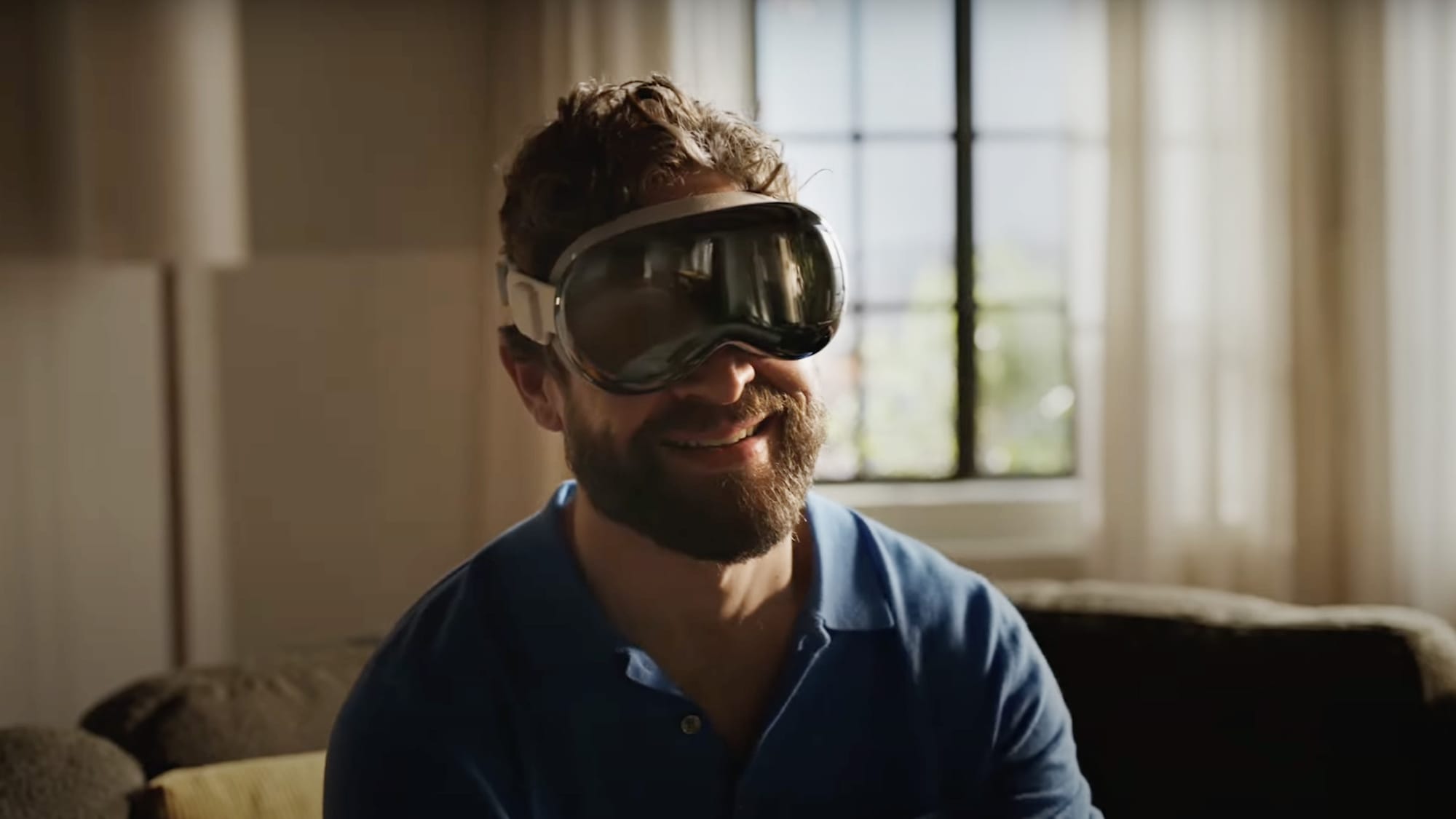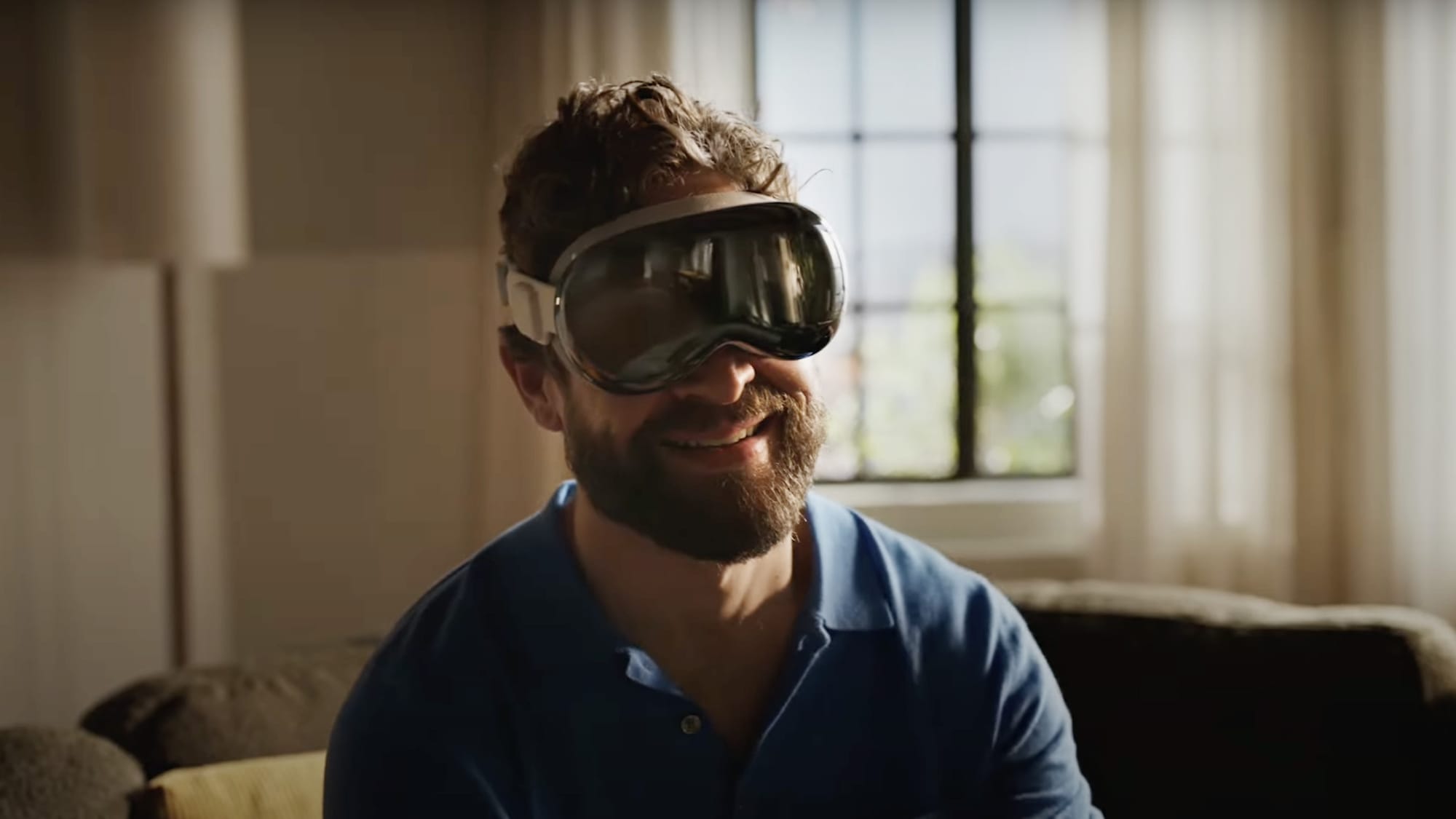
On February 2, Apple Stores in the United States will start selling the Vision Pro through elaborate demos to try to convince people there’s actually some point to it after all. Apple wants us all believe its headset is the future of computing, and some people are definitely on board: its fanboys have reportedly snapped up nearly 200,000 units of the $3,500 headset. But just because people with too much money and far too little shame are shelling out for a new Apple product doesn’t mean there’s a big public buy in for what the company claims the device represents.
We’ve seen this story so many times already. Time and again, tech companies have tried to sell us on virtual reality with little to no success. We’ve literally just been through another wave of it that Apple is arriving too late to capitalize on with the metaverse hype. And while the company’s PR team might not want us to think about the Vision Pro as a VR headset, that’s exactly what it is and it’s doomed to follow the same pattern.
The truth is that there’s very little true vision behind the Vision Pro. The headset is not the product of revolutionary work being done in the bowels of its donut-shaped headquarters. It exists to prove to investors and critics of Tim Cook’s leadership that the company isn’t just squeezing as much money as possible from its hits. The executive team wants to show that the company can still release industry-defining products, but they seem poised to demonstrate the exact opposite.
A product with no real purpose
When Mark Zuckerberg was pushing the metaverse, it wasn’t hard to tell the whole idea was a total joke, but one thing few people questioned was that he really did believe that we should all start spending hours of our lives with headsets strapped to our faces peering into computer-generated worlds, no matter how misguided that may seem. He’d already been giving copies of Ready Player One to employees in the Oculus division Facebook acquired in 2014, and clearly has stunted social skills that would make him predisposed to computer-mediated interaction.
Tim Cook, on the other hand, doesn’t seem to have many convictions at all, other than keeping investors happy by growing the values of Apple’s key performance indicators. Does anyone really believe Cook is going to be sitting at his desk with a headset strapped to his face whenever he needs to send a few emails to his lackeys or chatting with the eery digital versions of his fellow executives instead of using plain old FaceTime or just calling them in for a face-to-face meeting?
Don’t get me wrong, Cook will still say it’s a major computing revolution and whatever other lines the PR team puts together for him to pretend this is a big deal. But plenty of reporting on the internal development and politics that led to the release of the Vision Pro show the exact opposite: that there isn’t excitement about the Apple headset and it certainly wasn’t the product Cook was hoping to release. Unlike Jobs, he struggles to effectively guide the development of new products, whether the headset or the car project. The latter was just delayed and had its ambition scaled back once again.
How Apple changed under Tim Cook
After Jobs returned to Apple in 1997, he pretty quickly began releasing a series of hit products: the colourful plastic iMac in 1998, the iPod in 2001, the iPhone in 2007, and the iPad in 2010. The Watch was also underway before he died in 2011, but had to wait until 2015 before it was released and struggled for a few years to find its footing. The success of those products paid off handsomely for shareholders, but Jobs didn’t always do exactly what they wanted. This isn’t to suggest he was some kind of anti-capitalist executive — far from it — but he’d brush them off when they'd pressure him to stop spending extra for the design aesthetic he liked or start doing stock buybacks to boost the share price.
However, once Jobs died and Cook ascended to the throne, that all began to change. The powerful design team was slowly sidelined, especially after Jony Ive finally left in 2019, as Tripp Mickle describes in After Steve, and Cook put a much greater focus on maximizing shareholder value through stock buybacks and changing the broader strategy of the company. There’s no doubt Cook’s strategy worked in investors’ eyes, with the company’s market capitalization going from $350 billion in 2011 to $2.85 trillion today, but there have been clear drawbacks.
Under Cook, Apple sought to boost profit margins and increase its appeal to different segments of the consumer market by increasing the number of variations of its hit products it was selling. Cook introduced more colors, the “Pro” versions of the iPhone and iPad, and kept pushing up the average purchase price of Apple products. Even more than that, he wanted to use to dominance of the iPhone in particular to squeeze more money out of owners’ pockets. That happened in two ways: offering a wide array of second-tier, yet convenient subscription services for everything from music to fitness, and making premium accessories with high margins like the AirPods and their Pro version.
There’s nothing particularly innovative about that strategy; it’s actually pretty typical for a company that’s past its peak and trying to make as much as it can before its monopolistic power can be cracked and some new product category it can’t possibly conceive of comes along to displace it. The Vision Pro is a clear attempt to show Apple isn’t that kind of company.
The Vision Pro’s troubled development
When people inside Apple started conceiving of an augmented (or mixed or virtual or spatial) reality product back in 2016, the plan looked very different than what was shown off in June 2023. According to reporting by Mark Gurman in Bloomberg, Cook wanted the team to come up with a pair of light-weight, augmented-reality glasses, but that simply isn’t realistic with the technology available today — if it ever truly arrives.
“The company’s engineers determined it would have to replicate the performance of an iPhone while using only a tenth of the power, to keep from getting too hot,” writes Gurman. But even after realizing that, the team kept reporting its progress by referring to smart glasses so it would continue to be allocated resources. Cook wasn’t deeply involved in the design process, other than to receive occasional demos. His relative lack of involvement and failure to give clear direction was “perceived as indecision,” according to employees who spoke to Gurman, “leading to delays and concerns about obtaining sufficient resources.” The project eventually grew to a 1,000-person team with an annual $1 billion budget.
Eventually, after some internal schisms over the direction of the project, a decision was made to sideline the glasses in favor of a headset like the one finally reaching consumers. The Vision Pro is a compromise product, not the visionary one the company hoped to release, but management decided to release something, in part to try to show it could still deliver new products. Ahead of the announcement last year, the New York Times reported on internal dissent over that decision, writing that skeptics believed “the new device is a solution in search of a problem” and has no clear use case. Bloomberg also reported that many senior executives had distanced themselves from it, with some expressing skepticism.
That’s clearly not a vote of confidence for a product with numerous flaws, including its price point, unclear consumer purpose, privacy concerns, and how it continues the tech industry’s pressure to make computing more socially isolated simply so we’re always looking at screens and using their products to make them more money. If Apple somehow succeeds at popularizing the Vision Pro, that’s bad news for us all.
Apple’s Vision Pro headset deserves to be ridiculed
Don’t normalize the headsets
Headsets are already in the hands of reviewers and will soon grace the skulls of Apple fanboys most predisposed to convince themselves it’s a revolution. We’ve already seen tech vloggers shamelessly suggest doing video calls using fake versions of themselves is actually very cool and everyone will get used to it, while a tech bro wants us to believe the headset is essential because it lets you set timers while you cook.
Back in June, I argued that users of the Vision Pro should be ridiculed to put up another barrier to its possible public acceptance. I compared it to Google’s attempt to foist its Glass smart glasses onto the public a decade ago, and how users of the product where publicly shamed as “Glassholes” until the company was forced to abandon it. The very early reaction to Vision Pro suggests there will be plenty of opportunity to do something very similar today.
Hopefully tech bros won’t strap the headsets to their faces when they walk down the street, but whether they use it at work, show up in a video call with their ghostly avatars, or post incredibly stupid justifications for why they’re not losers after dropping $3,500 on one, they should be vociferously called out. Tech media is unlikely to lead the charge, given how prone it is to participating in the marketing campaigns for new tech bullshit. It’s up to us to “cancel” this sad attempt to push a worse future on the public just so a corporate titan can extract more profit and allow its CEO to say he’s not just a visionless money guy.
The Vision Pro is the product of capitalist pressures and elite egos, not any kind of innovative vision for the future of humanity’s relationship with computation. That’s reason enough to oppose it, but as I’ve already outlined, there are so many more to choose from. We owe absolutely nothing to Apple, nor to Tim Cook. Rather than championing the company’s innovative spirit, Cook has made it clear that Apple is past its peak and has become more vulnerable than ever after a decade of prioritizing the share price over everything else.





Member discussion